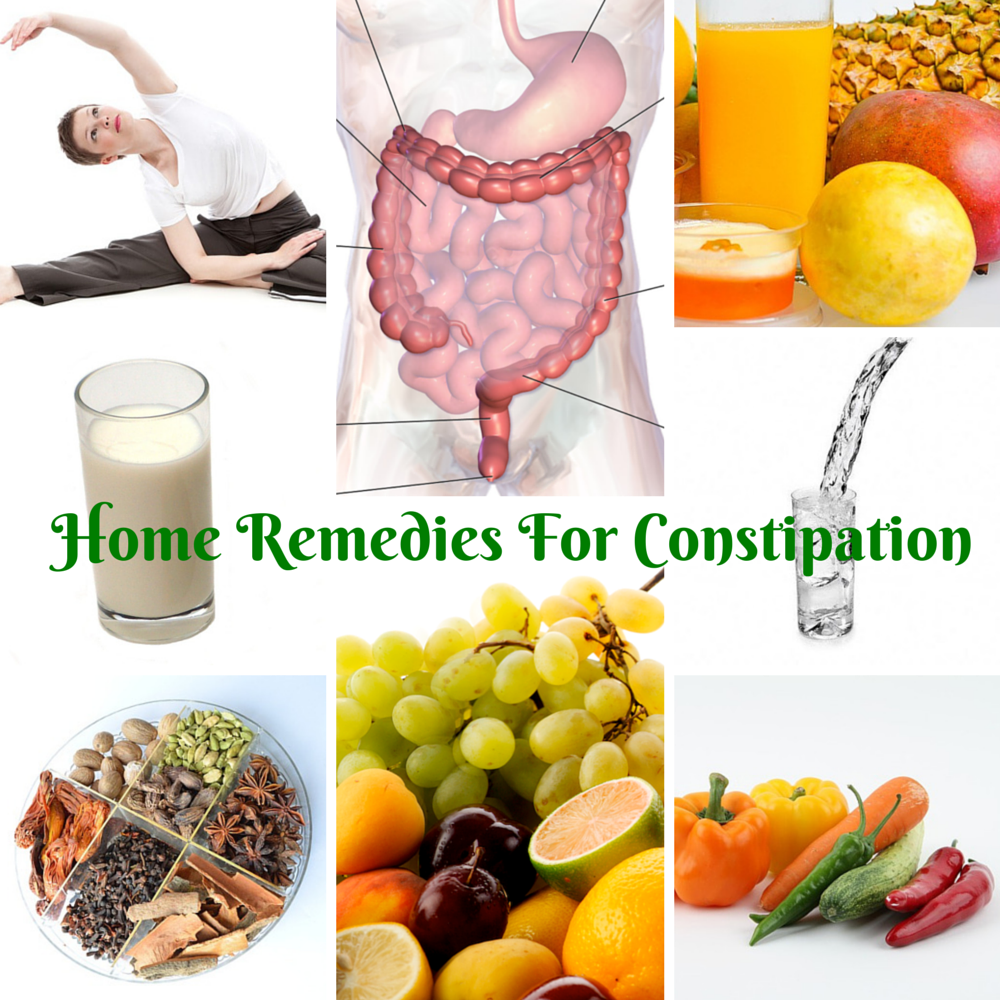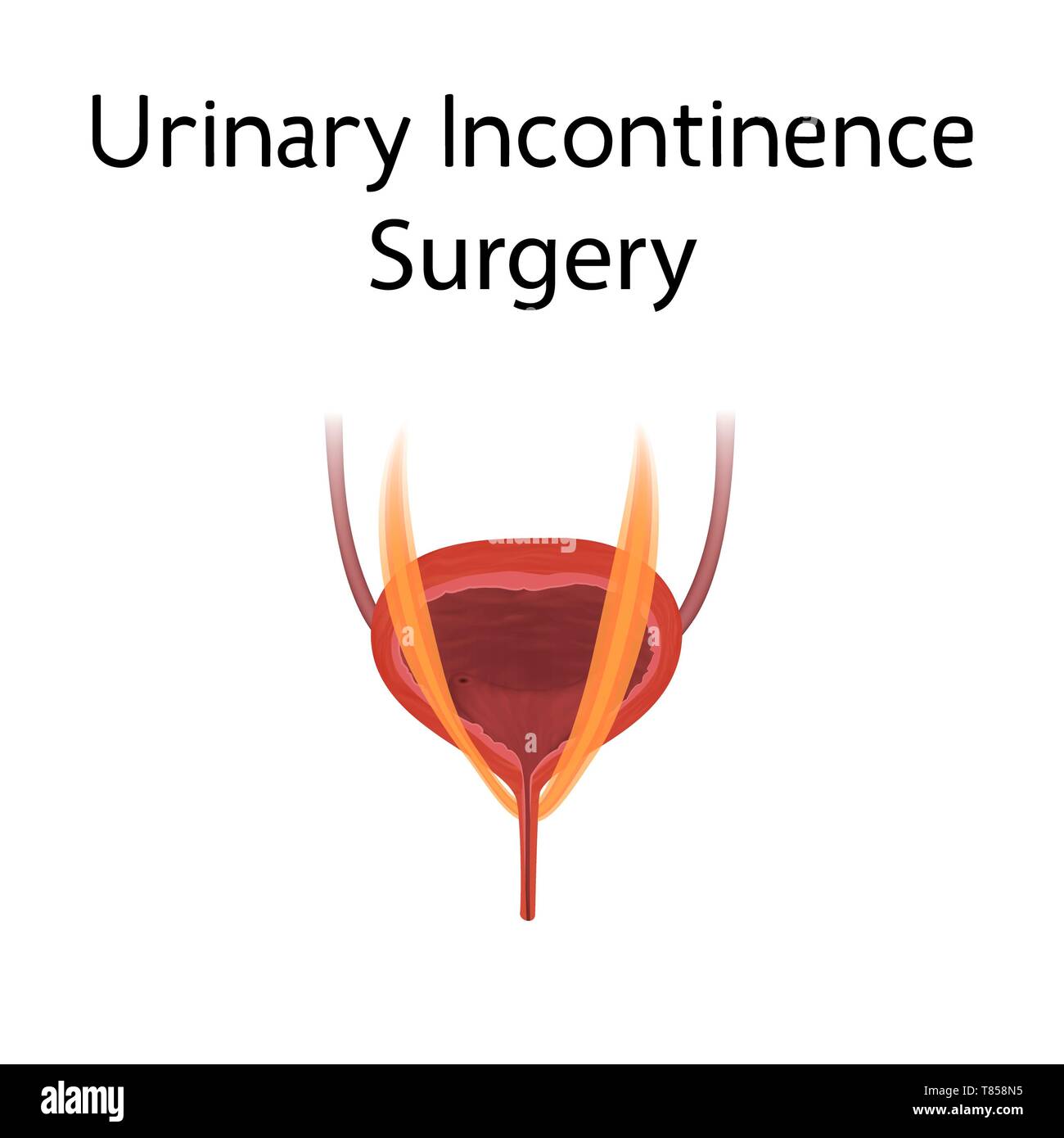
September 2, 2024
Comprehensive Guide To Managing Urinary Incontinence In Ladies: Solutions & Support


- A simple example is that of a yard tube (urethra) running over a sidewalk surface area (anterior endopelvic connective tissue).
- Prolonged get in touch with of urine with the unprotected skin causes get in touch with dermatitis and skin break down.
- The diagnosis can be made by anxiety testing with the prolapse lowered or by pessary positioning and pad screening.
- People with OAB may fret about having symptoms, specifically in social situations, and this can trigger their fight-or-flight feedback.
Best Technique & Research Professional Obstetrics & Gynaecology
Exactly how does incontinence influence you psychologically?
when you leak urine due to abrupt stress on the bladder and urethra, which creates your sphincter muscles to briefly open. Bladder training, to postpone peeing after you obtain the urge to go.Double voiding, to assist you learn to clear your bladder better to stay clear of overflow incontinence.Scheduled toilet trips, to urinate every 2 to four hours as opposed to awaiting the demand to go. Psychological incontinence is a problem of emotional control complying with brain damage.
Precision In Reporting Urinary Incontinence In Grownups With Spina Bifida: A Pilot Study
An estimated 50-70% of women with urinary system incontinence fall short to look for clinical analysis and therapy as a result of social stigma. Only 5% of incontinent individuals in the neighborhood and 2% in nursing homes obtain ideal clinical evaluation and therapy. People with incontinence often live with this problem for 6-9 years prior to looking for medical therapy. Some clients with stress and anxiety incontinence have pee leak into the proximal urethra that may, initially, trigger sensory seriousness and/or bladder contractions, which initially are suppressible. Later on, in a subgroup of these people, myopathic modifications might take place in the bladder that make the spread of abnormally created contractile signals a lot more effective and more difficult to subdue voluntarily. Encourage yourself with knowledge concerning the problem, readily available treatments, and lifestyle alterations that can make a favorable influence. Anticholinergic medicines have a duty in the administration of UUI, yet nonpharmacological treatments need to typically be taken into consideration first Although none of the 6 presently offered anticholinergic agents shows up to have a clear benefit in terms of effectiveness, application benefit and medication tolerability might affect the option of therapy. A client that undertakes surgical treatment of stress and anxiety incontinence is more probable to experience symptomatic prolapse in the future. Recent large studies have actually disclosed that about one third of the adult, community-dwelling ladies have some type of urinary system incontinence (UI). Stress and anxiety urinary symptoms are most widespread, being apparent in 70%-- 88% of incontinent women, either as pure tension urinary incontinence (SUI) or combined urinary incontinence (MUI). SUI remains to stay a taboo, however, with only a minority of incontinent women consulting a medical professional regarding their trouble. Reasons for these low consultation rates include embarassment and embarrassment, lack of information about available therapy options, are afraid for surgery and the misunderstanding that ending up being incontinent is an unpreventable effect old and/or giving birth. Urinary Incontinence Devices Adult Diapers Absorbent Pads Biofeedback Therapy Urology Clinics Continence Specialists Bladder Management Urological Health Continence Products Incontinence Surgery Bladder Retraining Kegel Exercises Urinary Catheters Medication for Incontinence Sacral Nerve Stimulation Incontinence Devices Continence Clinics Overactive Bladder Treatment Voiding Diary Urodynamic Testing Pelvic Floor Muscle Training Pessary Insertion Vaginal Sling Procedures Physical Therapy for Incontinence Electrical Stimulation Behavioral Therapy for Incontinence Urethral Bulking Agents Incontinence Pelvic Exercises Prolapse Management Continence Therapy Bladder Training Programs Botulinum Toxin Injections Lifestyle Modifications for Incontinence Fluid and Diet Management Urge Suppression Techniques Bladder Scanning Continence Care Programs Bladder Neck Support InterStim Therapy Transvaginal Tape Core Strengthening Exercises Pelvic Physiotherapy Pilates for Incontinence Muscle Rehabilitation Yoga for Pelvic Health Postpartum Recovery Programs Strengthening Devices Biofeedback for Pelvic Muscles Pelvic Organ Support Pelvic Muscle Training Aids Yet, most SUI people show that the condition has an unfavorable effect on their wellness.Social Links